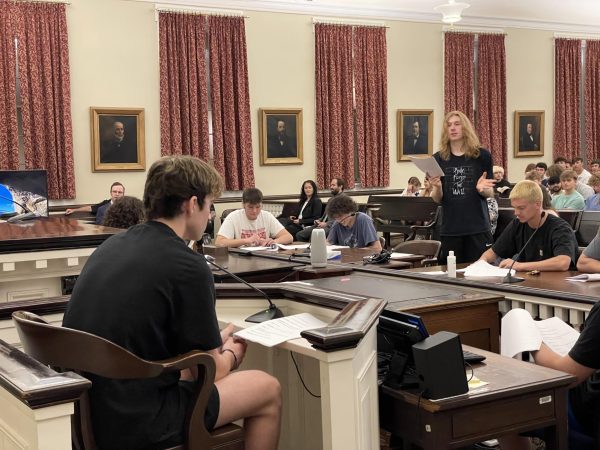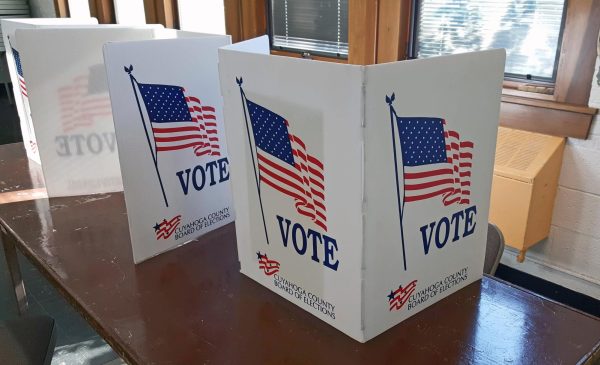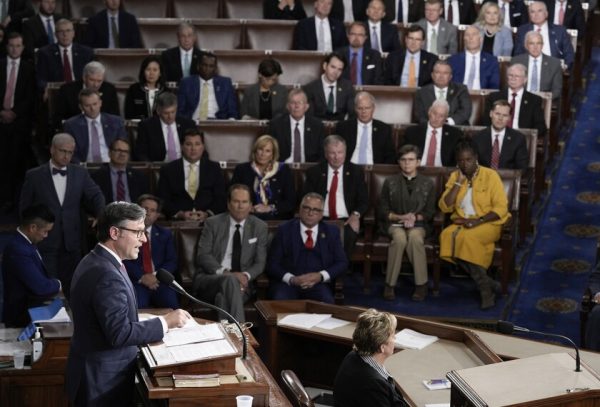The future of the Arctic
January 28, 2021
On Monday, January 4, President Donald Trump’s administration announced its plan to open areas of what was once protected Arctic Alaskan territory to oil drilling and development. This came days before an auction of the same land by the U.S Bureau of Land Management set for January 6. This auction was to lease over one million acres of the Arctic National Wildlife Refuge (ANWR) in northeastern Alaska. This is part of the U.S Bureau of Land Management’s plan for 23 million acres of the National Petroleum Reserve in Alaska. According to NBC News, “on December 21, sales were permitted to proceed under relaxed standards, opening up 80% of the National Petroleum Reserve of Alaska (NPR-A) to sale and drilling.” Until this point, half of this land had been protected under Obama-era laws.
The ANWR was created in 1960 by President Eisenhower, and was expanded two decades later under President Carter. This land includes a large part of the Alsakan coastal plains, underneath which is a potential source of oil. The reserve was created to protect native lands as well as the breeding grounds and homes of caribou, polar bears, snow geese, and over 200 other species, according to National Geographic. If Trump’s plan succeeds, seismic testing for oil may begin as early as January 21. According to National Geographic, this falls “in the midst of denning season for the most threatened population of polar bears in the Arctic.”
President Trump has a history of enacting environmental rollbacks. The sale of the ANWR is one of the last such acts of his term, in which he has, according to the Washington Post, “weakened or wiped out more than 125 rules and policies aimed at protecting the nation’s air, water and land, with 40 more rollbacks underway.” These policies may change once again under the incoming administration.
Due to the nature of the land and its inhabitants, the sale has become a controversial subject. Supporting the government’s plan for the land are the Trump administration, the state of Alaska, and some oil-dependent companies. Opposed are various environmental organizations concerned about the native groups and species of the region, and president-elect Joe Biden, who is to be inaugurated on Wednesday, January 20. There are several actions being taken in attempt to slow or stop the process of sale and drilling, including multiple lawsuits challenging the lease sale of the land ongoing in Anchorage and numerous petitions circulating the Internet.
Aside from this, the desire to drill in Alaska is decreasing. Oil prices are low, drilling costs are high, and many investors have climate concerns. According to NBC, “It is unclear whether making this acreage available will boost Alaskan oil production, which peaked more than 30 years ago at 2 million barrels a day.” According to the Washington Post, no major oil companies participated in the January 6 auction, leaving the state agency, Alaska Industrial Development and Export Authority as the main bidder, buying nine of the eleven tracts of 550,000 acres of land for sale. The other two of these went to smaller companies. The sale only yielded $14.4 million, at the price of $25 per acre, “a tiny fraction of what Republicans initially predicted it would yield.”
Due to controversy surrounding environmental and economical aspects of sale and drilling, the future of the Arctic continues to be largely undecided. Disinterest in Arctic land due to monetary and environmental risks leaves the sale and future of the ANWR tentative. And although, according to The Washington Post, “a 2017 law compels the government to auction another several hundred thousand acres by 2024, the incoming administration may be able to overturn that requirement,” as well as once again change various environmental policies.









